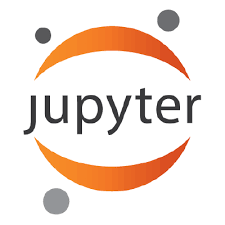Explainability techniques for data-driven predictive models based on artificial intelligence and machine learning algorithms allow us to better understand the operation of such systems and help to hold them accountable. New transparency approaches are developed at breakneck speed, enabling us to peek inside these black boxes and interpret their decisions. Many of these techniques are introduced as monolithic tools, giving the impression of one-size-fits-all and end-to-end algorithms with limited customisability. Nevertheless, such approaches are often composed of multiple interchangeable modules that need to be tuned to the problem at hand to produce meaningful explanations. This paper introduces a collection of hands-on training materials -- slides, video recordings and Jupyter Notebooks -- that provide guidance through the process of building and evaluating bespoke modular surrogate explainers for tabular data. These resources cover the three core building blocks of this technique: interpretable representation composition, data sampling and explanation generation.
翻译:以人工智能和机器学习算法为基础的数据驱动预测模型的可解释性技术,使我们能够更好地了解这些系统的运行情况,并帮助问责这些系统。新的透明度方法以破碎的速度发展,使我们能够在这些黑盒内窥视并解释其决定。许多这些技术被作为单一工具采用,给人以一刀切和端到端算法的印象,这种方法具有有限的自定义性。然而,这些方法往往由多个可互换模块组成,需要针对手头的问题进行调整,才能产生有意义的解释。本文介绍了一系列实践培训教材 -- -- 幻灯片、录像和柔和笔记本 -- -- 通过构建和评估表格数据的模块化代金解释器过程提供指导。这些资源涵盖了这一技术的三个核心组成部分:可解释的代表性构成、数据抽样和解释生成。




